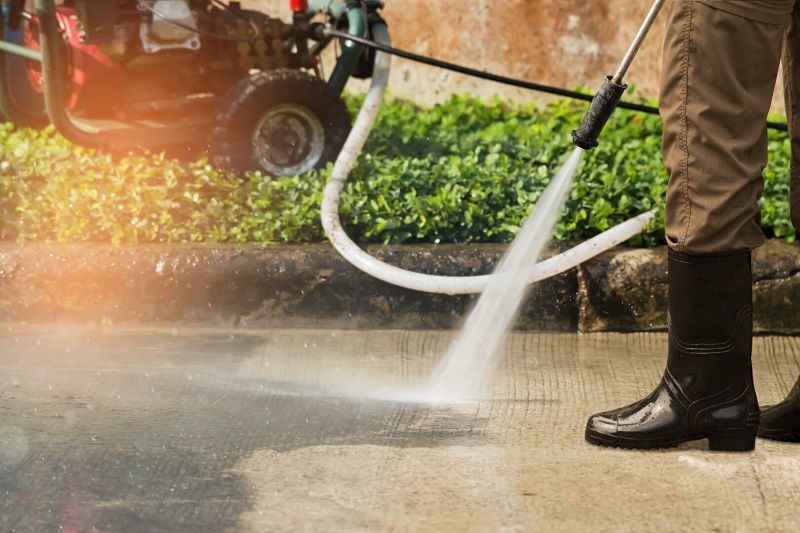For many homeowners, a fence is more than just a barrier; it’s a line of defense, a boundary marker, and an extension of their living space. Whether you’re aiming to keep pets contained, deter unwanted visitors, or create a private haven for your family, well-designed and properly installed fencing Leeds is essential. But with so many fence options and the question of a fence charger looming, the process can seem daunting. Fear not! This guide will equip you with the knowledge to navigate the world of fence installation and fence chargers, helping you create the perfect perimeter for your property.
Choosing Your Fence: A World of Options
The first step is selecting the right fence type for your needs and aesthetics. Below is a summary of a few well-liked options:
- Wood Fences: Classic and versatile, wood fences offer warmth and a natural look. However, they require regular maintenance like staining and sealing.
- Vinyl Fences: Low-maintenance and durable, vinyl fences come in various styles and colors, offering a modern touch.
- Chain-Link Fences: Affordable and strong, chain-link fences are ideal for securing large areas or containing pets. They can be easily integrated with privacy slats for a more finished look.
- Brick or Stone Walls: Luxurious and long-lasting, brick or stone walls provide ultimate security and privacy. They do, however, come at the highest cost and need to be installed by professionals.
The Essential Partner: The Fence Charger
For specific scenarios, a fence charger might be necessary. These devices deliver a safe, pulsed electric current to the fence wires, deterring animals or intruders from touching the fence. Here’s where understanding fence chargers comes in:
- When are Fence Chargers Needed? Fence chargers are primarily used for containing livestock or deterring wild animals. They can also be used to prevent pets from escaping, but only as a last resort after exploring proper training methods.
- Types of Fence Chargers: There are two main types of fence chargers: AC (alternating current) and solar-powered. AC chargers are more powerful but require a nearby electrical outlet. Solar-powered chargers are eco-friendly but may not be as powerful for large fences.
Planning and Installation: Building Your Secure Haven
Once you’ve chosen your fence type and determined whether a fence charger is necessary, it’s time for planning and installation. Here are some key steps:
- Measure and Mark: Accurately measure the perimeter where you want the fence and mark the location of the posts.
- Obtain Permits: Check with your local authorities to ensure you don’t need any permits for fence installation.
- DIY vs. Professional Installation: For simple fence designs, DIY installation might be feasible. However, complex fence designs or uneven terrain might necessitate hiring a professional installer.
- Safety First: When working with electricity (for AC fence chargers) or using power tools, prioritize safety by wearing proper gear and following safety protocols.
Maintaining Your Fortress: Keeping Your Fence in Top Shape
Regular maintenance ensures your fence remains functional and aesthetically pleasing. Here are some tips:
- Wood Fences: Inspect for rotting wood and apply stain or sealant periodically.
- Vinyl Fences: Wash with soap and water to remove dirt and grime.
- Chain-Link Fences: Check for loose connections and tighten them if necessary.
- Fence Chargers: Regularly test the fence charger’s voltage output for optimal performance.
By following these steps and understanding the role of fence chargers, you can embark on a successful fence installation project. Remember, a well-maintained fence not only enhances your property’s security and aesthetics but also creates a peaceful and protected haven for you and your loved ones.



